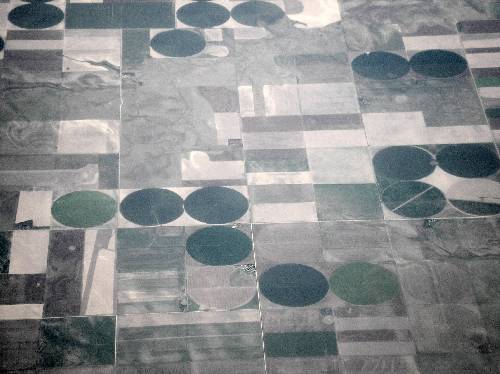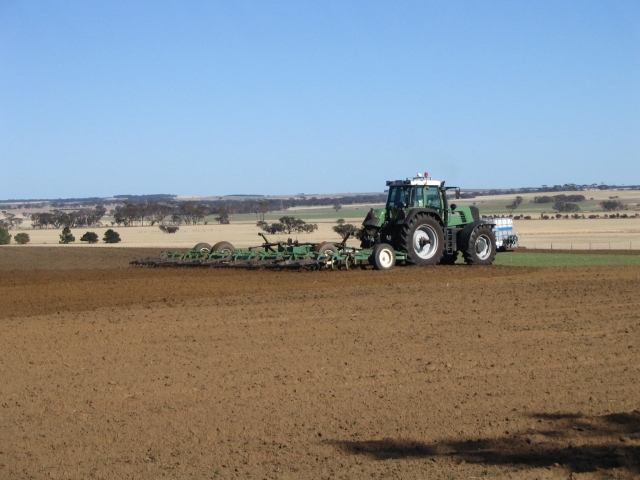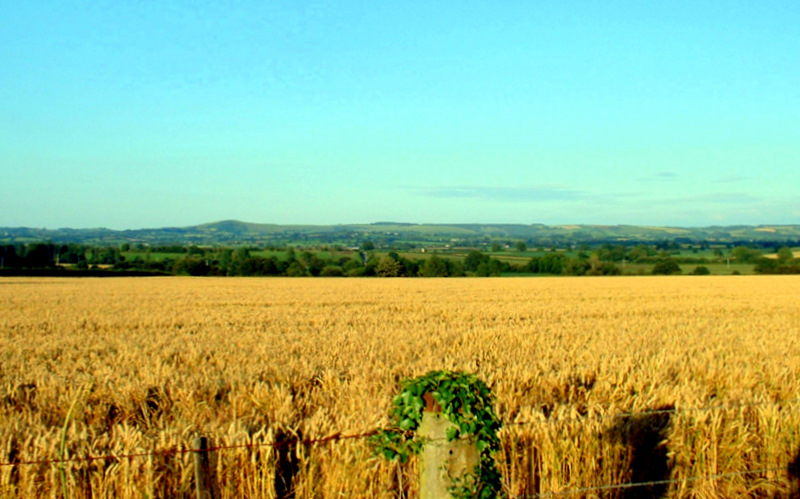|
Sturno
Sturno is a town and ''comune'' in the province of Avellino, in the Campania region of southern Italy. The town, located in the valley of the Ufita river, is bordered by Carife, Castel Baronia, Flumeri, Frigento and Rocca San Felice. History Sturno became an independent township in 1809. Prior to that, Sturno was called Casali di Frigento and was a hamlet of the town of Frigento. As a farming community, it struggled economically in the late 19th and early 20th centuries. Economy The surrounding area is farmland under intense cultivation. The local farms are also known for breeding sheep and goats. Twin towns * Glen Cove, New York, USA See also *Irpinia Irpinia (Modern Latin ''Hirpinia'') is a geographical and cultural region of Southern Italy. It was the inland territory of the ancient ''Hirpini'' tribe, and its extent matches approximately today's province of Avellino. Geography The territory ... References External linksOfficial website Cities and towns in ... [...More Info...] [...Related Items...] OR: [Wikipedia] [Google] [Baidu] |
Flumeri
Flumeri (Irpino: ) is a town and ''comune'' in the province of Avellino, Campania, southern Italy. Located in the Apennines upon a knoll within the Ufita Valley, the town is part of the Roman Catholic Diocese of Ariano Irpino-Lacedonia. Its territory borders with the municipalities of Ariano Irpino Ariano Irpino (formerly Ariano di Puglia or simply Ariano) is an Italian city and municipality in the province of Avellino, in the Campania region. With a population of 22,535 (2017), it is the second-largest settlement of the Irpinia district a ..., Castel Baronia, Frigento, Grottaminarda, San Nicola Baronia, San Sossio Baronia, Sturno, Villanova del Battista and Zungoli. References Cities and towns in Campania {{Campania-geo-stub ... [...More Info...] [...Related Items...] OR: [Wikipedia] [Google] [Baidu] |
Frigento
Frigento is a town and ''comune'' in the province of Avellino, Campania, Italy. It is located in the Ansanto valley and bordered by the municipalities of Carife, Flumeri, Gesualdo, Grottaminarda, Guardia Lombardi, Rocca San Felice, Sturno Sturno is a town and ''comune'' in the province of Avellino, in the Campania region of southern Italy. The town, located in the valley of the Ufita river, is bordered by Carife, Castel Baronia, Flumeri, Frigento and Rocca San Felice. History S ..., and Villamaina. Its name derives from the Latin word ''frequentia'' ("frequency"). References External linksOfficial website Cities and towns in Campania {{Campania-geo-stub ... [...More Info...] [...Related Items...] OR: [Wikipedia] [Google] [Baidu] |
Glen Cove, New York
Glen Cove is a city in Nassau County, New York, United States, on the North Shore of Long Island. At the 2020 United States Census, the city population was 28,365 as of the 2020 census. The city was considered part of the early 20th century Gold Coast of the North Shore, as the areas along the waterfront were developed as large country estates by wealthy entrepreneurs and businessmen such as J.P. Morgan, Phipps, Pratt, and Prybil. Glen Cove also had manufacturing and a diverse population that worked in industry, local agriculture and retail businesses. Of Nassau County's five municipalities, Glen Cove is one of the two municipalities that is a city, rather than a town, the other being Long Beach on the South Shore. The city was the location of several successful manufacturing facilities in the 20th century. It attracted numerous immigrants from Ireland, Italy, and eastern Europe. More recently, it has been settled by immigrants of later migrations, from Central and South Am ... [...More Info...] [...Related Items...] OR: [Wikipedia] [Google] [Baidu] |
Carife
Carife ( la, Callifae; Irpino: ) is a town and ''comune'' in the province of Avellino, Campania, Italy. In the year 2001, the population was 1,697. Located in the Apennines between the Ufita Valley and Daunian Mountains, the town is part of the Roman Catholic Diocese of Ariano Irpino-Lacedonia. Its territory borders the municipalities of Castel Baronia, Frigento, Guardia Lombardi, San Nicola Baronia, Sturno, Trevico Trevico is a town and ''comune'' in the province of Avellino, Campania, southern Italy. Located in the Apennines upon a steep hill at 3,576 feet (1,090 m) altitude, Trevico is the highest inhabited place in Campania. Its main produce are hams, c ... and Vallata. References Cities and towns in Campania {{Campania-geo-stub ... [...More Info...] [...Related Items...] OR: [Wikipedia] [Google] [Baidu] |
Rocca San Felice
Rocca San Felice is a town and ''comune'' in the province of Avellino, Campania, southern Italy. Geography Located in the central area of Irpinia, the municipality borders with Frigento, Guardia Lombardi, Sant'Angelo dei Lombardi, Sturno and Villamaina. It counts no hamlets (''frazioni'') but some localities as Carmasciano, Fontana dell'Olmo, Palombaia, Santa Felicita, Serro del Bosco, Taverna Bruciata, Toriello and Valli. The town is from Sant'Angelo dei Lombardi, from Lioni, from Avellino and from Benevento. Main sights Among the main sights of the town there is the Castle and the old town, the Church of St. Maria Maggiore, the Chapel of Mary of Constantinople and the Sanctuary of Santa Felicita, in the homonymous locality. Mefitis The archaeological site of Ansanto Valley (''Valle d'Ansanto''), better known as "Mefite", is a sulphurous lake valley, few kilometres from the towns of Villamaina and Torella dei Lombardi. It was named after the ancient Italic goddess Mef ... [...More Info...] [...Related Items...] OR: [Wikipedia] [Google] [Baidu] |
Goat
The goat or domestic goat (''Capra hircus'') is a domesticated species of goat-antelope typically kept as livestock. It was domesticated from the wild goat (''C. aegagrus'') of Southwest Asia and Eastern Europe. The goat is a member of the animal family Bovidae and the tribe Caprini, meaning it is closely related to the sheep. There are over 300 distinct breeds of goat.Hirst, K. Kris"The History of the Domestication of Goats".'' About.com''. Accessed August 18, 2008. It is one of the oldest domesticated species of animal, according to archaeological evidence that its earliest domestication occurred in Iran at 10,000 calibrated calendar years ago. Goats have been used for milk, meat, fur, and skins across much of the world. Milk from goats is often turned into goat cheese. Female goats are referred to as ''does'' or ''nannies'', intact males are called ''bucks'' or ''billies'', and juvenile goats of both sexes are called ''kids''. Castrated males are called ''we ... [...More Info...] [...Related Items...] OR: [Wikipedia] [Google] [Baidu] |
Sheep
Sheep or domestic sheep (''Ovis aries'') are domesticated, ruminant mammals typically kept as livestock. Although the term ''sheep'' can apply to other species in the genus ''Ovis'', in everyday usage it almost always refers to domesticated sheep. Like all ruminants, sheep are members of the order (biology), order Artiodactyla, the even-toed ungulates. Numbering a little over one billion, domestic sheep are also the most numerous species of sheep. An adult female is referred to as a ''ewe'' (), an intact male as a ''ram'', occasionally a ''tup'', a castrated male as a ''wether'', and a young sheep as a ''lamb''. Sheep are most likely descended from the wild mouflon of Europe and Asia, with Iran being a geographic envelope of the domestication center. One of the earliest animals to be domesticated for agricultural purposes, sheep are raised for fleeces, meat (lamb, hogget or mutton) and sheep milk, milk. A sheep's wool is the most widely used animal fiber, and is usually harvest ... [...More Info...] [...Related Items...] OR: [Wikipedia] [Google] [Baidu] |
Farm
A farm (also called an agricultural holding) is an area of land that is devoted primarily to agricultural processes with the primary objective of producing food and other crops; it is the basic facility in food production. The name is used for specialized units such as arable farms, vegetable farms, fruit farms, dairy, pig and poultry farms, and land used for the production of natural fiber, biofuel and other commodities. It includes ranches, feedlots, orchards, plantations and estates, smallholdings and hobby farms, and includes the farmhouse and agricultural buildings as well as the land. In modern times the term has been extended so as to include such industrial operations as wind farms and fish farms, both of which can operate on land or sea. There are about 570 million farms in the world, most of which are small and family-operated. Small farms with a land area of fewer than 2 hectares operate about 1% of the world's agricultural land, and family farms comprise ... [...More Info...] [...Related Items...] OR: [Wikipedia] [Google] [Baidu] |
Tillage
Tillage is the agricultural preparation of soil by mechanical agitation of various types, such as digging, stirring, and overturning. Examples of human-powered tilling methods using hand tools include shoveling, picking, mattock work, hoeing, and raking. Examples of draft-animal-powered or mechanized work include ploughing (overturning with moldboards or chiseling with chisel shanks), rototilling, rolling with cultipackers or other rollers, harrowing, and cultivating with cultivator shanks (teeth). Tillage that is deeper and more thorough is classified as primary, and tillage that is shallower and sometimes more selective of location is secondary. Primary tillage such as ploughing tends to produce a rough surface finish, whereas secondary tillage tends to produce a smoother surface finish, such as that required to make a good seedbed for many crops. Harrowing and rototilling often combine primary and secondary tillage into one operation. "Tillage" can also mean ... [...More Info...] [...Related Items...] OR: [Wikipedia] [Google] [Baidu] |
Farmland (farming)
Arable land (from the la, arabilis, "able to be ploughed") is any land capable of being ploughed and used to grow crops.''Oxford English Dictionary'', "arable, ''adj''. and ''n.''" Oxford University Press (Oxford), 2013. Alternatively, for the purposes of agricultural statistics, the term often has a more precise definition: A more concise definition appearing in the Eurostat glossary similarly refers to actual rather than potential uses: "land worked (ploughed or tilled) regularly, generally under a system of crop rotation". In Britain, arable land has traditionally been contrasted with pasturable land such as heaths, which could be used for sheep-rearing but not as farmland. Arable land area According to the Food and Agriculture Organization of the United Nations, in 2013, the world's arable land amounted to 1.407 billion hectares, out of a total of 4.924 billion hectares of land used for agriculture. Arable land (hectares per person) Non-arable lan ... [...More Info...] [...Related Items...] OR: [Wikipedia] [Google] [Baidu] |
Istituto Nazionale Di Statistica
The Italian National Institute of Statistics ( it, Istituto nazionale di statistica; Istat) is the main producer of official statistics in Italy Italy ( it, Italia ), officially the Italian Republic, ) or the Republic of Italy, is a country in Southern Europe. It is located in the middle of the Mediterranean Sea, and its territory largely coincides with the homonymous geographical .... Its activities include the census of population, economic censuses and a number of social, economic and environmental surveys and analyses. Istat is by far the largest producer of statistical information in Italy, and is an active member of the European Statistical System, coordinated by Eurostat. History The Italian National Institute of Statistics (IT ISTAT) was founded in compliance with Law Decree no. 1162 of 9 July 1926 as the Central Institute of Statistics (IT Istituto Centrale di Statistica) in order to replace the General Statistics Division of the Ministry for Agriculture (now ... [...More Info...] [...Related Items...] OR: [Wikipedia] [Google] [Baidu] |
Town
A town is a human settlement. Towns are generally larger than villages and smaller than city, cities, though the criteria to distinguish between them vary considerably in different parts of the world. Origin and use The word "town" shares an origin with the German language, German word , the Dutch language, Dutch word , and the Old Norse . The original Proto-Germanic language, Proto-Germanic word, *''tūnan'', is thought to be an early borrowing from Proto-Celtic language, Proto-Celtic *''dūnom'' (cf. Old Irish , Welsh language, Welsh ). The original sense of the word in both Germanic and Celtic was that of a fortress or an enclosure. Cognates of ''town'' in many modern Germanic languages designate a fence or a hedge. In English and Dutch, the meaning of the word took on the sense of the space which these fences enclosed, and through which a track must run. In England, a town was a small community that could not afford or was not allowed to build walls or other larger fort ... [...More Info...] [...Related Items...] OR: [Wikipedia] [Google] [Baidu] |





.jpg)